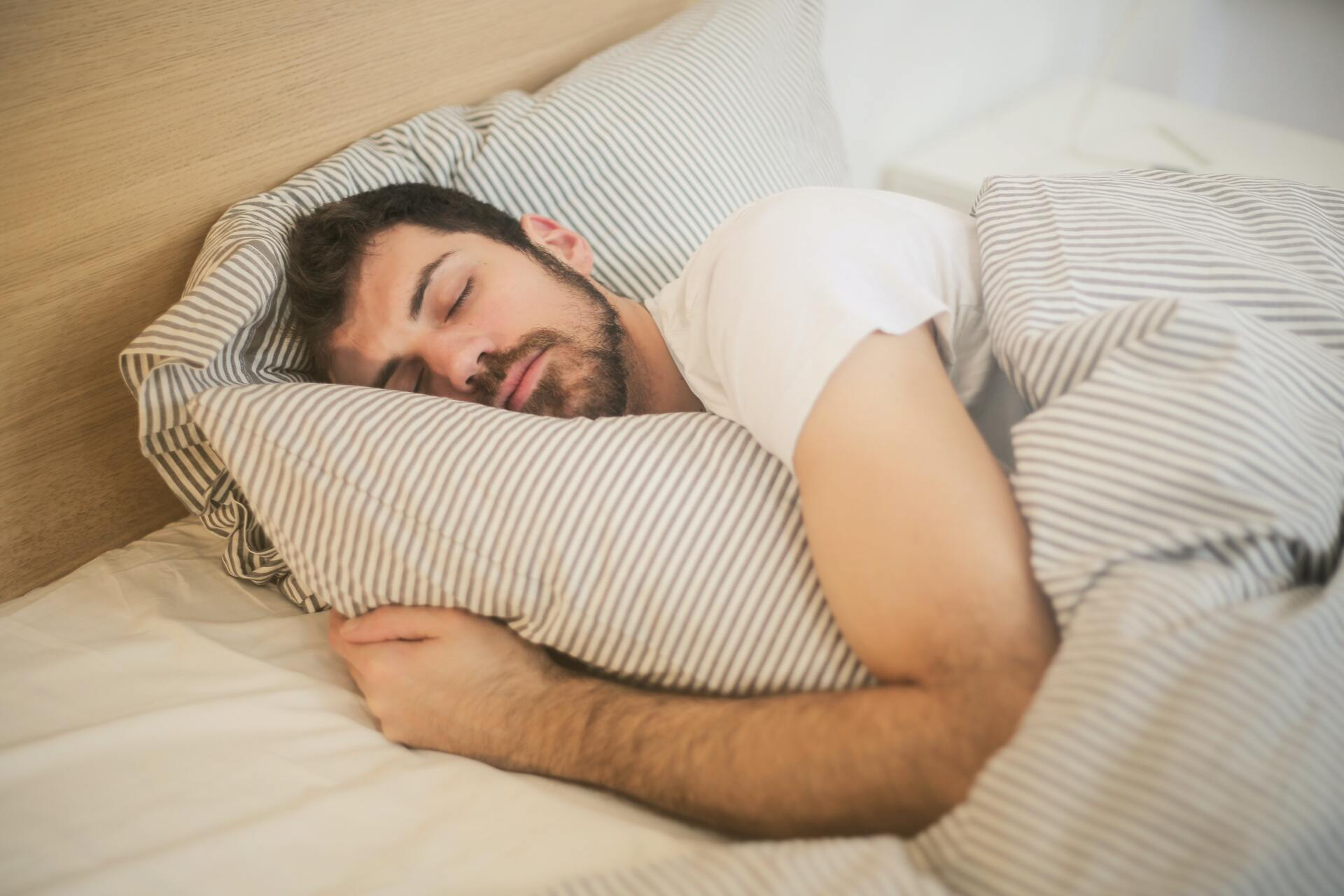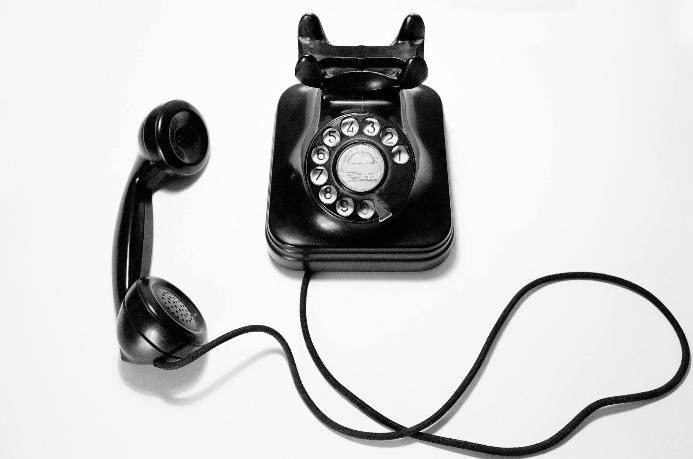LGBTQ+ identified people face particular challenges to their mental health, experiencing minority stress and sometimes hostile home environments. Community and safer spaces provide a buffer against those stressors, so it can be especially tough when we’re all physical distancing for our safety. If you’re stuck at home with family or roommates who aren’t supportive, or if you’re just feeling isolated and alone, here are some tips that can help make it easier:
Create your safe space
Even if it’s just your bed, find a place in your house that’s just for you and make it your safe space. Put up images that make you happy, pictures if you have them, or a rainbow flag. Put up a quote that resonates with you, like the one below. If you aren’t out to everyone in your house, find an object or image that resonates but doesn’t out you in case they come into your room, or put a significant article of clothing under your pillow or in a box out of sight but still accessible to you. This is your special space where you can recharge, escape if you’re triggered or need some comfort.
“Knowing how to be solitary is central to the art of loving. When we can be alone, we can be with others without using them as a means of escape.” -Bell Hooks
Establish boundaries with others in your house, especially if they’re unsupportive or hostile
Have a few activities that you can do if you need to get away from others, such as going for a walk (if it’s safe for you; avoid walks if you’re self-isolating and check local health recommendations), taking a bath/shower, meditating, going to your safe space, and use these when you need to. Know what sort of behaviour is triggering and plan for how to respond to it. For example, if your parent forgets to use your pronouns, have a script for what you’ll say, like, “I know this is a stressful time for us all, dad, but I would still appreciate it if you remembered to use my pronouns.” If you know your sibling tends to make homophobic comments and you’re not comfortable confronting them, plan an escape route for when it happens, “I’m going to go for a walk and get some fresh air” or “I’m going to take a shower.”
Sometimes there might be particularly stressful events that happen regularly where you can’t leave, like a family dinner or zoom call. If you know that these events are going to be draining, plan a debriefing exercise right afterward. This could be a call with a good friend where you can vent, a long shower where you can get some space and think, a worry journal where you can put down your frustrations, or a plan to watch your favourite show and decompress. It can help to have something to look forward to. Pay attention to how each activity makes you feel and do more of what works for you.
Plan for difficult conversations
If you need to have a conversation with people in your household that might be difficult, like coming out or establishing boundaries, create a script for what you’d like to say and think about different possible scenarios. You know your family and your situation best. Think about the best time for a conversation and who would be best to approach first. Go over your script with someone you trust.
When establishing boundaries, remember that people can react negatively and be defensive. Be direct and clear, and stick to the topic. “Mom, I know you’re worried about me, but I need you to knock before you come into my room. My privacy is important.” It might be easier to start with something small and build up as you develop confidence in setting boundaries.
Remember that choosing to come out is up to you and everyone has a different timeline. If you’re thinking about it but you’re not sure if now is the best time, you can “test the waters” by talking to the people you’d like to come out to about other LGBTQ+ celebrities and issues to see how they react. Have some resources ready that might be helpful for them, like PFLAG Canada, Egale’s Supporting your Gender Diverse Child, CDC’s Guide for Parents of Lesbian, Gay and Bisexual Teens or the Human Rights Campaign’s list of Faith Resources.
Have a debriefing exercise ready for after your conversation. Make it a check-in with a trusted person, or an activity that helps you feel calm like journaling, watching a favourite show, stretching, or drawing.
Have a regular call with a trusted friend
Make a list of everyone who’s affirming and supportive, and create regular times to check in. If there’s a particular time of day that’s difficult, like after stressful family dinners or in the evenings if you feel lonely, that might be a good time to schedule them. If you or your friend is feeling down, make a point to find one positive thing to share or celebrate. If you can’t find anything, do something relaxing together, like watching a favourite show or listening to a podcast or new music together.
If you don’t have someone to check in with, check in with yourself. Keep a journal with updates on how you’re feeling, what’s stressful and what’s making you feel good. Or find other ways to check in. Trans individuals can sign up for a daily affirmative message from the Validation Station. Buddies in Bad Times has a regular instagram live show on at 5pm ET every weekday. Make it a routine to check in, whether it’s a good day or a bad day.
Find online spaces to connect with others
Community is so important for our mental health, and luckily, there are lots of ways to stay connected while physically distancing. If social media is triggering, stop using it or create a new account where you only follow positive feeds that are affirming and make you feel good. Find the celebration and support, like the It Gets Better’s Moments of Joy.
Look for online spaces to connect directly with others. Glad Day launched Glad Day TV with online programming (and has an emergency survival fund for LGBTQ2S artists, performers and tip-based workers!). Gender Spectrum has online groups for pre-teens, teens and parents and an online Lounge. Queer Asian Youth has zoom events posted on their Facebook and Instagram. Pieces to Pathways provides support for harm reduction and substance use groups on zoom.
Chatline and crisis lines
Everyone needs support now and again. Save crisis lines and chatlines in your phone so they’re easily accessible when you need them.
For LGBTQ+ youth (under 29) in Ontario, the LGBT Youthline offers peer support over text and chat from Sunday through Friday, 4:00 pm – 9:30pm.
For trans and questioning individuals in the US and Canada, the Trans Lifeline offers peer support and takes crisis calls.
For LGBTQ+ people under 25, The Trevor Project provides crisis support and suicide prevention though its phone, text and chat service. (They also have Trevor Space, an online community for LGBTQ young people from 13-24.)
If you have the time and capacity, consider volunteering or donating to these organizations. It can be a way to stay connected and support your community. But always prioritize your mental health first and only take on what you can!
Reach out for professional help if you need to and you’re able to
Many mental health practitioners are offering phone and video-conference sessions, and they can sometimes take insurance or a sliding scale fee. When setting up your session, discuss what technology you have access to (phone, computer, webcam, wifi, etc.) and whether you have access to a private space. If you’re concerned about being interrupted, create a safety plan with your therapist or counselor. Ask them if you can end the session abruptly if you’re interrupted. If you’re videoconferencing, you can have a game open in another window and switch to it if you’re interrupted in the middle of a session.
Physical distancing doesn’t have to stop you from getting the support that you need and connecting with others! Just because we’re physically apart doesn’t mean we’re alone. Take care of yourself and stay safe. Our team is also here to help! Feel free to contact us if you’d like to make an appointment.
Written by Camille J. Labelle, M.Psy. Student
Reviewed/Edited by Dr. Stacy Lekkos, C.Psych.
Photo by Sharon McCutcheon from Pexels












